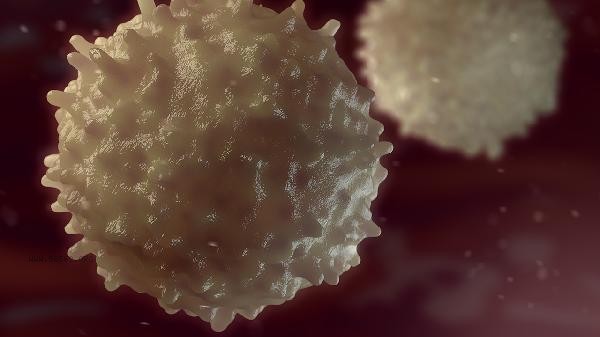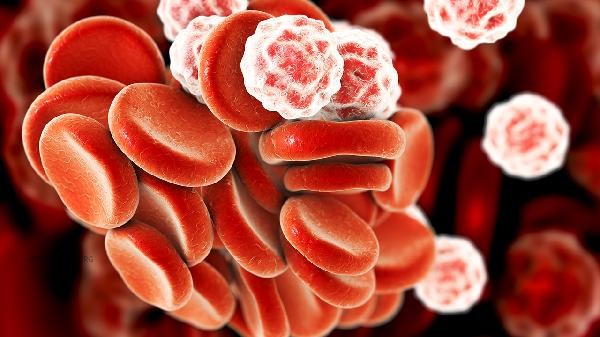Excessive white blood cell count may lead to the spread of infection, exacerbation of inflammation, and increased risk of thrombosis. The hazards of abnormally high white blood cell count mainly include uncontrolled infection, inflammatory damage, blood viscosity, organ dysfunction, and potential tumor risk.

1. Uncontrolled infection:
Persistent high levels of white blood cells may reflect the presence of uncontrolled infection lesions in the body. Neutrocytosis is common in bacterial infections. When the value exceeds 15 × 10 ⁹/L, it indicates that the infection may spread throughout the body, and in severe cases, it may develop into sepsis. Abnormal elevation of monocytes requires vigilance against special infections such as tuberculosis.
2. Inflammatory damage:
Increased eosinophils are often accompanied by allergies or parasitic infections, and prolonged high levels can lead to tissue edema and organ dysfunction. If rheumatoid factor positive individuals have elevated white blood cells, it may indicate an active stage of autoimmune disease, which can easily cause irreversible damage to joint synovium.
3. Blood viscosity: When the white blood cell count exceeds 50 × 10 ⁹/L, it may cause hyperleukopenia, and an increase in blood viscosity can lead to microcirculatory disorders. Patients may experience ischemic symptoms such as dizziness and blurred vision, and in extreme cases, may develop cerebral infarction or pulmonary embolism.

4. Organ dysfunction:
Leukemia patients often have white blood cells exceeding 100 × 10 ⁹/L, and a large amount of abnormal white blood cell infiltration can lead to liver and spleen enlargement. Patients with myelofibrosis may experience extramedullary hematopoiesis, leading to splenic hyperfunction and thrombocytopenia, manifested as subcutaneous bruising, nosebleeds, and other symptoms.
5. Potential tumor risk:
Prolonged increase in lymphocytes should rule out chronic lymphocytic leukemia, and an increase in eosinophils may be associated with bone marrow proliferative tumors. Some solid tumors, such as lung cancer, may also lead to a leukemia like reaction, characterized by abnormal elevation of white blood cells and left shift of the nucleus.
If white blood cell elevation is found, peripheral blood smear, bone marrow puncture and other examinations should be completed to clarify the cause. Maintain sufficient sleep in daily life and avoid overexertion; Pay attention to supplementing high-quality protein and vitamin C in diet, and consume foods rich in antioxidants such as kiwifruit and broccoli in moderation; Moderate aerobic exercise such as brisk walking and swimming should be performed, but vigorous exercise should be avoided when the white blood cell count exceeds 20 × 10 ⁹/L. Regularly monitor changes in blood routine, and seek timely medical attention from a hematology department if accompanied by symptoms such as persistent fever and weight loss.









Comments (0)
Leave a Comment
No comments yet
Be the first to share your thoughts!